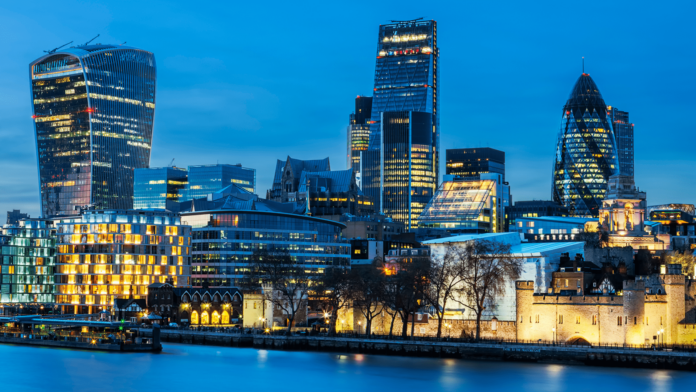If you could choose between London vs. Liverpool, Paris vs. Lyon, or Berlin vs. Hamburg, in many instances, you’re choosing the capital over the smaller alternative, commonly referred to as a tier 2 city. Why? They’re fertile grounds for talent recruitment, home to offices of top-tier investors, and major corporates, to name a few reasons. Capital cities have many alluring benefits but so do tier 2 cities with less competition, easier access to talent, and a smaller pool of corporates.
The purpose of this article is to help you better evaluate whether entering a new market via a capital city or a tier 2 city is more advantageous. Below are four questions to ask yourself and your team when evaluating where may be the best for your business when entering a new market.
What’s the competitive landscape like?
Do a competitive analysis of different locations in a new market, doing this will allow you to see where your competition is active and to what extent. Most companies fully launch their products and services in capital cities but don’t always do the same in tier 2 cities. This normally means they focus less on their marketing and sales efforts too. This is an opportunity!
How quickly can you access the right people?
The quicker you can access, and land clients as well as talent is key in the early days of your business in a new market. Test and adapt your sales funnel and see where you can cost-effectively close more deals and higher-value deals. Besides the speed to close and the overall value of clients, you’ll need to make hires. Look at where the best universities are located and study the hiring market. In capital cities, you may be fighting over top talent, competing over employee salary offers whereas in tier 2 cities the situation could be very different. What is great across Europe, there are brilliant top-ranked universities spread across countries, well beyond the capital!
What third-party support is available to us?
There is plenty of free support available when entering a new market. The capital cities are home to trade & investment promotion arms of local governments such as London & Partners for London and Choose Paris for Paris as two examples and the same goes for tier 2 cities and their regions. Evaluate whether the local trade & investment promotion arm can make introductions to soft landing programmes, accountants, tax advisors, lawyers and even a potential client and see which agency can provide more value. Personally, I’ve found it depends on the individual you’re working with rather than the size and location of the trade & investment arm.
What are the capital and operational costs?
Do a simple financial analysis looking at fixed and variable costs, considering the costs of living too! If you’re an under-capitalized business your runway will be greatly limited when you’re operating in an expensive city. Good to know, the capital city isn’t always more expensive, look at Hamburg v. Berlin!
By considering the four different areas above in your market evaluation process, you’ll be able to determine where the best place is to land your business in a new market. Key to remember, try to remove any biases and assumptions you may have so you can objectively find the ideal location!




